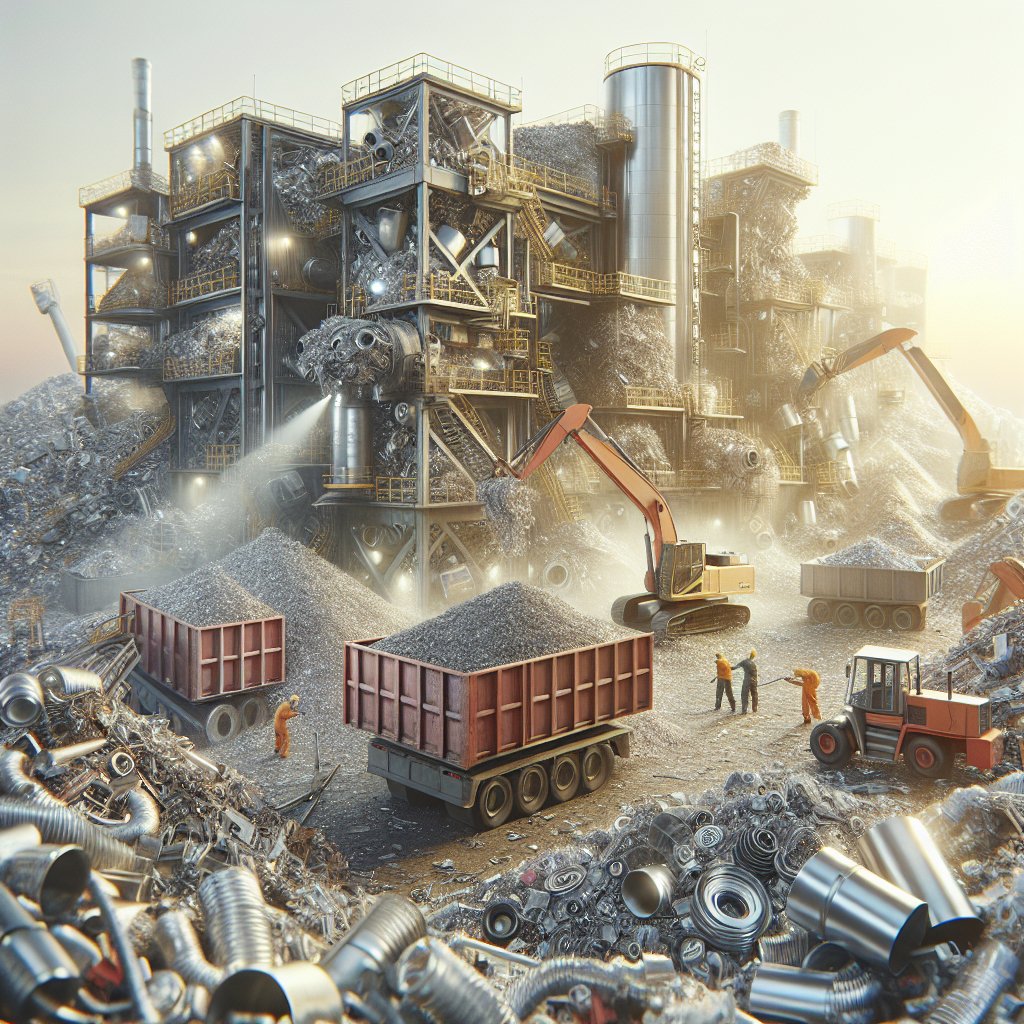Rare earth metals and rare metals are often terms that are used interchangeably, yet they refer to distinct groups of elements with unique properties and applications. Understanding the differences between these two categories is crucial for industries that rely on their unique characteristics, as well as for policymakers and environmentalists concerned with their extraction and use.
Understanding Rare Earth Metals
Rare earth metals, also known as rare earth elements (REEs), consist of 17 elements in the periodic table, specifically the 15 lanthanides plus scandium and yttrium. These elements are not particularly rare in terms of their abundance in the Earth’s crust; however, they are rarely found in concentrated forms, which makes their extraction and processing economically challenging. The unique electronic, magnetic, and luminescent properties of rare earth metals make them indispensable in a variety of high-tech applications.
One of the most significant uses of rare earth metals is in the production of powerful permanent magnets, which are essential components in wind turbines, electric vehicles, and various electronic devices. Neodymium, for example, is a key element in the creation of neodymium-iron-boron (NdFeB) magnets, which are among the strongest permanent magnets available. These magnets are crucial for the miniaturization of electronic devices and the efficiency of electric motors.
In addition to their use in magnets, rare earth metals are also vital in the production of phosphors for color displays and lighting. Europium and terbium are used in the red and green phosphors of television and computer screens, as well as in energy-efficient LED lighting. Furthermore, rare earth elements like cerium and lanthanum are used in catalytic converters and other pollution control technologies, highlighting their importance in environmental applications.
The extraction and processing of rare earth metals pose significant environmental challenges. The mining process often involves the use of hazardous chemicals and generates large amounts of waste, leading to soil and water contamination. As a result, there is a growing emphasis on developing more sustainable extraction methods and recycling technologies to reduce the environmental impact of rare earth metal production.
Exploring Rare Metals
Rare metals, on the other hand, encompass a broader category of elements that are not necessarily part of the rare earth group. These metals are characterized by their scarcity in the Earth’s crust and their unique properties, which make them valuable for various industrial applications. Some of the most well-known rare metals include platinum, palladium, rhodium, and iridium, which are part of the platinum group metals (PGMs), as well as metals like tantalum, niobium, and lithium.
Platinum group metals are highly valued for their catalytic properties, making them essential in the automotive industry for the production of catalytic converters that reduce harmful emissions. They are also used in the chemical industry for various catalytic processes and in the electronics industry for their excellent conductivity and resistance to corrosion. The rarity and high demand for PGMs make them some of the most expensive metals in the world.
Tantalum and niobium are rare metals that are crucial in the electronics industry due to their high melting points and excellent conductivity. Tantalum is used in the production of capacitors and high-power resistors, which are essential components in electronic devices such as smartphones and laptops. Niobium, on the other hand, is used in the production of superconducting materials and high-strength steel alloys, which are important in the aerospace and construction industries.
Lithium, although more abundant than some other rare metals, is considered rare due to the limited number of economically viable deposits. It is a critical component in the production of lithium-ion batteries, which power a wide range of electronic devices and electric vehicles. The growing demand for lithium-ion batteries has led to increased interest in lithium mining and recycling, as well as the development of alternative battery technologies.
Comparing Rare Earth Metals and Rare Metals
While both rare earth metals and rare metals are essential for modern technology, they differ in terms of their chemical properties, applications, and extraction challenges. Rare earth metals are primarily valued for their magnetic, electronic, and luminescent properties, which make them indispensable in high-tech applications such as electronics, renewable energy, and environmental technologies. In contrast, rare metals are prized for their catalytic, conductive, and structural properties, which are crucial in industries such as automotive, aerospace, and electronics.
The extraction and processing of both rare earth metals and rare metals present significant environmental and economic challenges. Rare earth metal mining often involves complex separation processes and generates large amounts of waste, while the extraction of rare metals can be energy-intensive and environmentally damaging. As a result, there is a growing emphasis on developing more sustainable extraction methods, improving recycling technologies, and finding alternative materials to reduce the reliance on these critical resources.
In conclusion, while rare earth metals and rare metals are distinct categories of elements with unique properties and applications, they share common challenges related to their extraction and use. Understanding the differences between these two groups is essential for industries that rely on their unique characteristics, as well as for policymakers and environmentalists concerned with their sustainable use. As technology continues to advance, the demand for these critical resources is likely to increase, making it even more important to address the environmental and economic challenges associated with their production.












